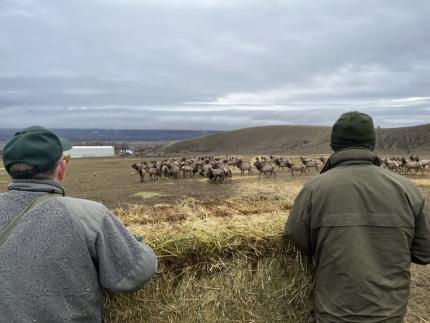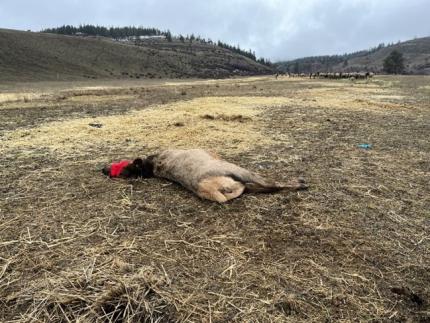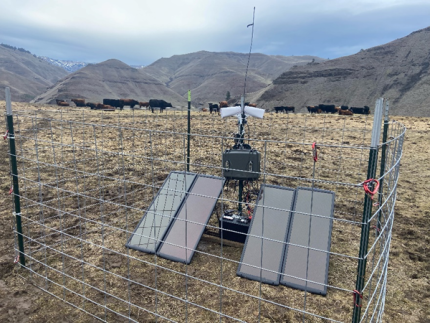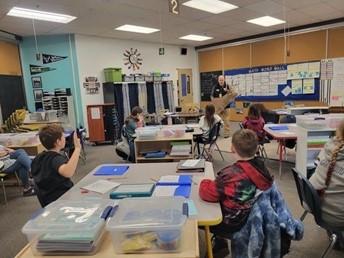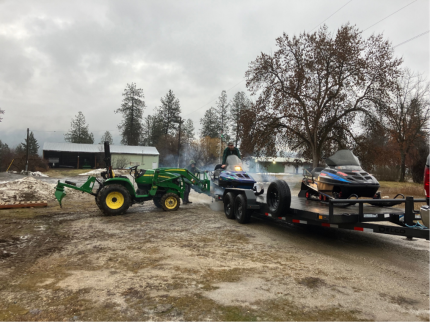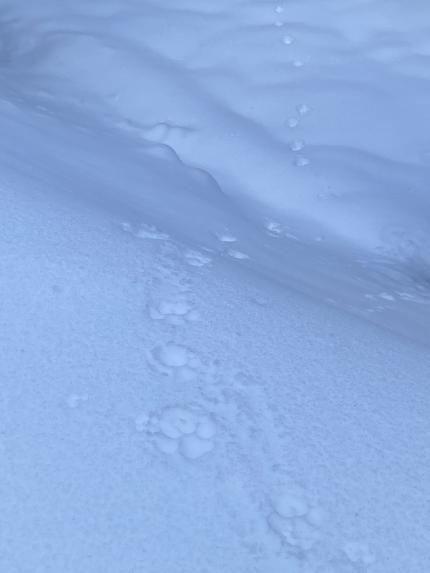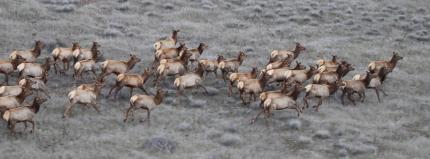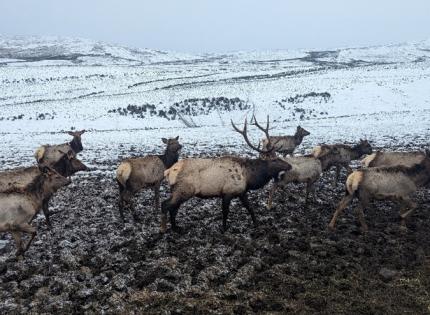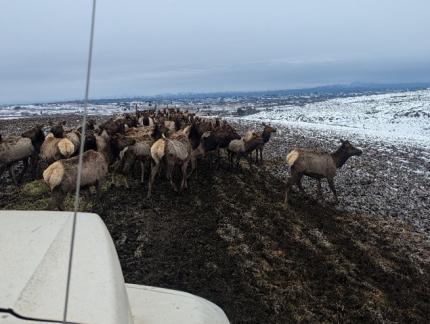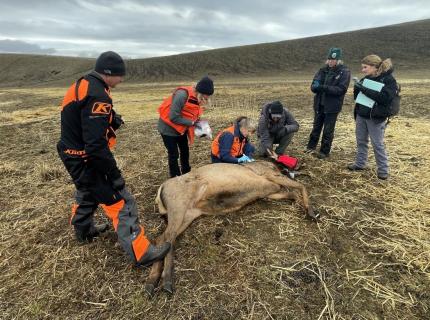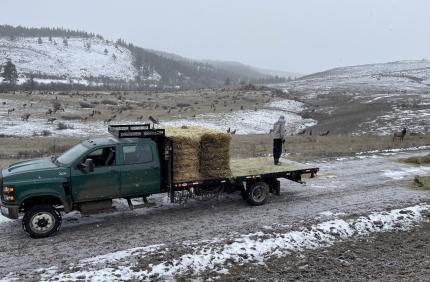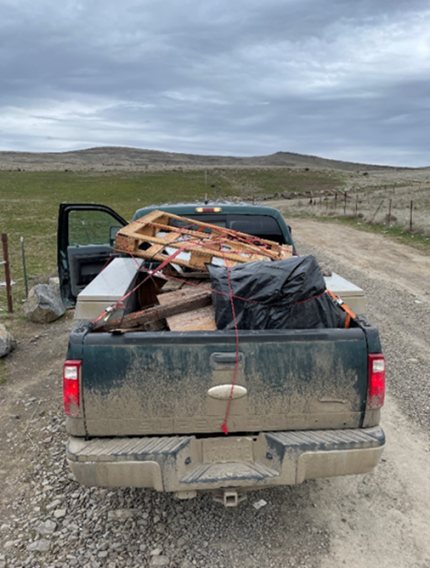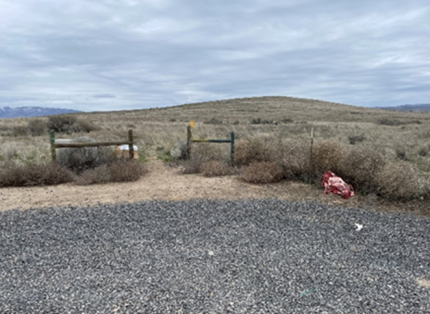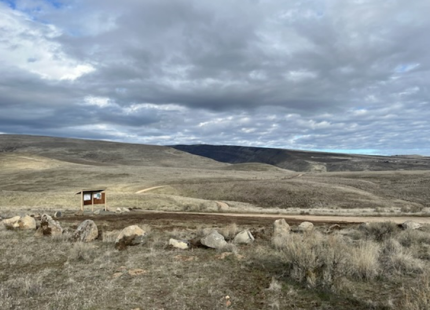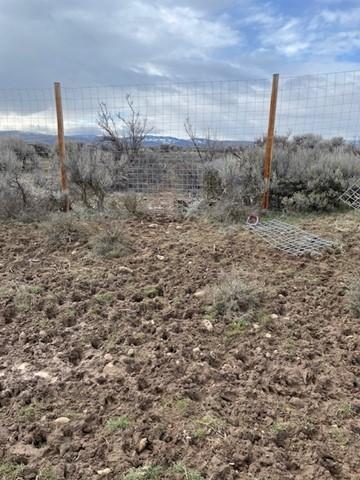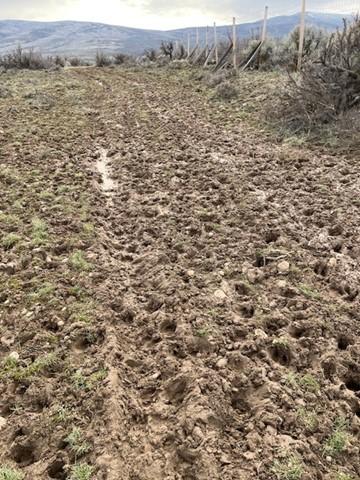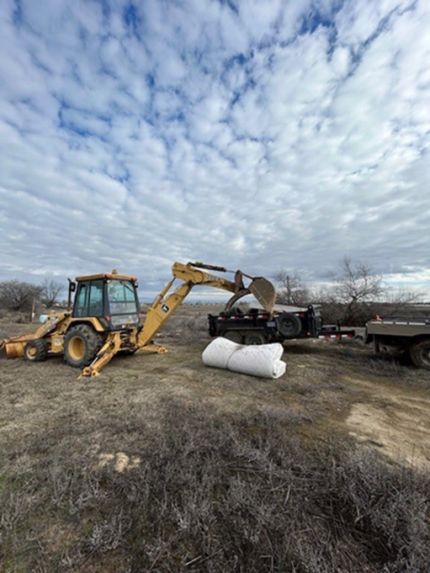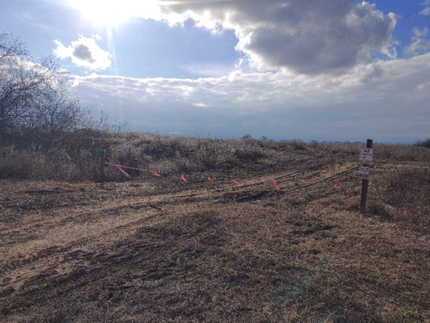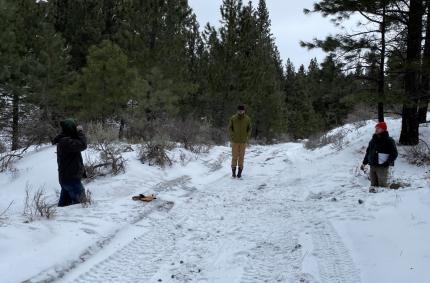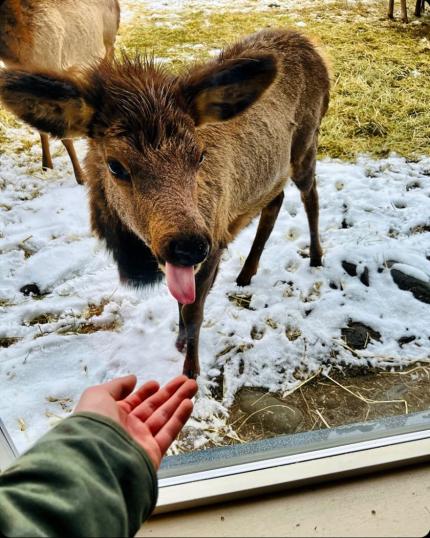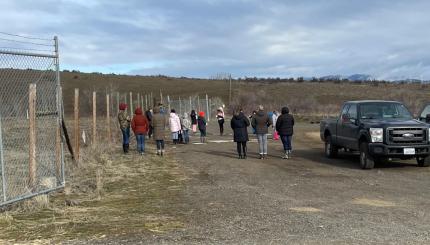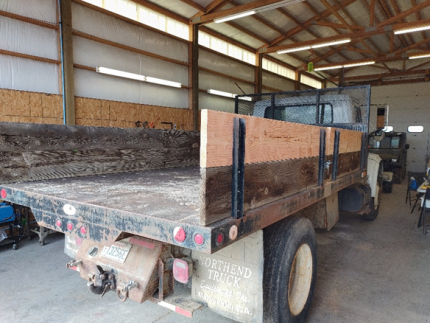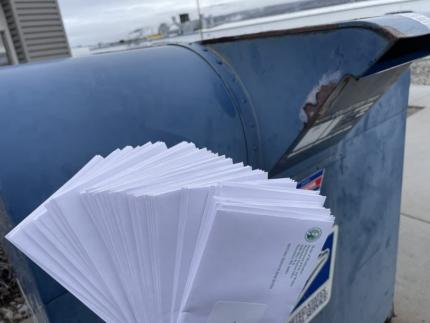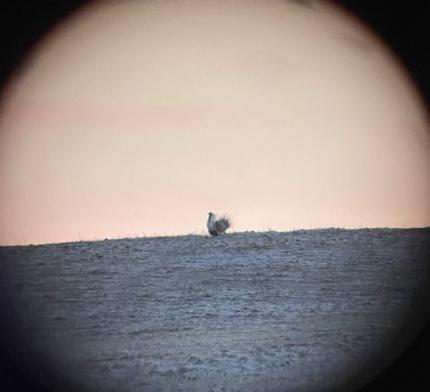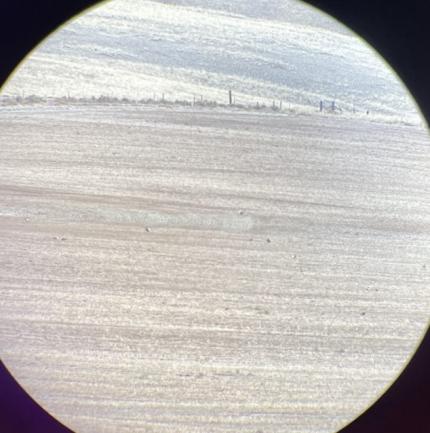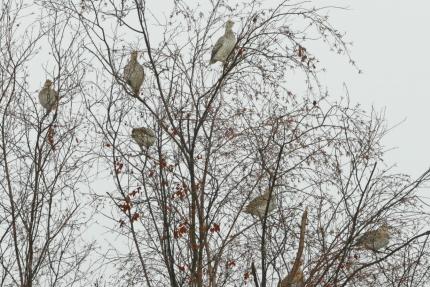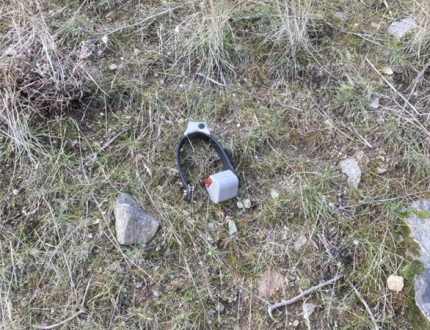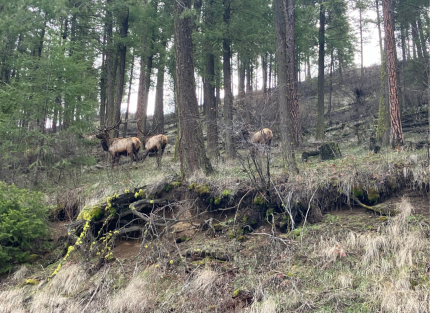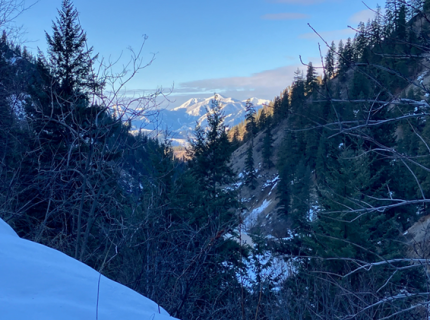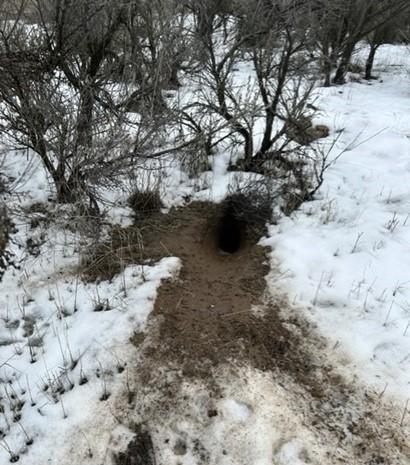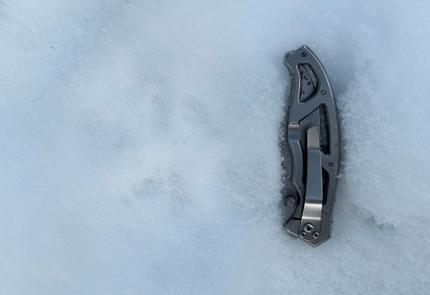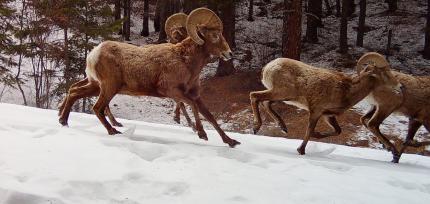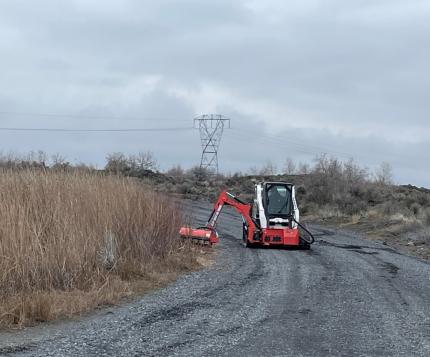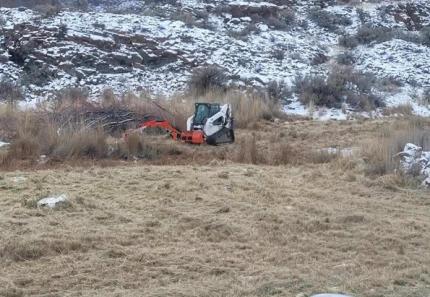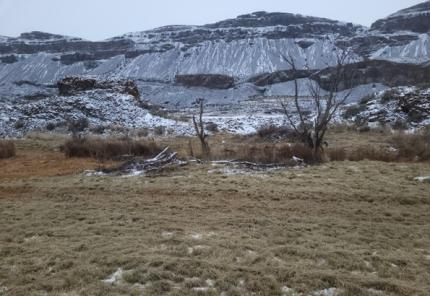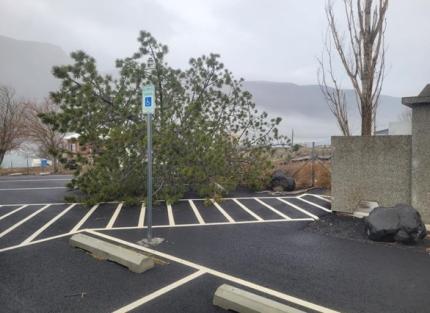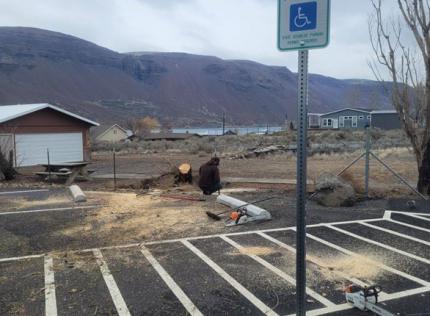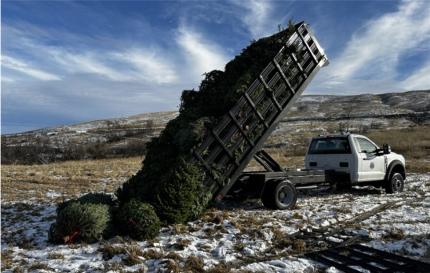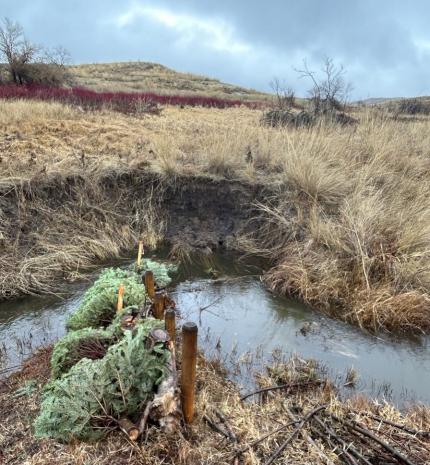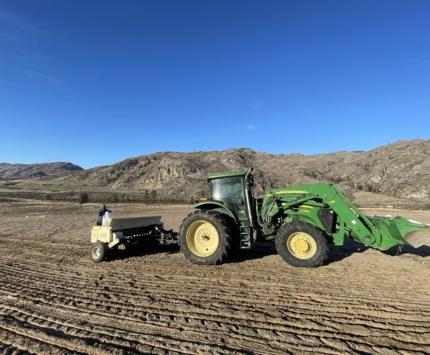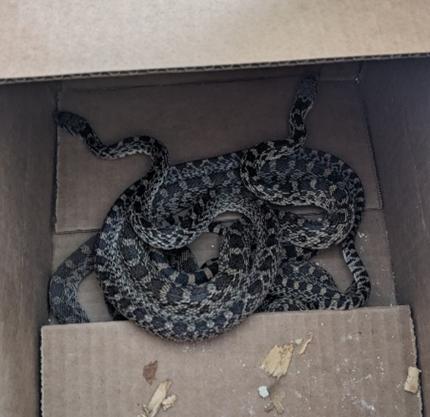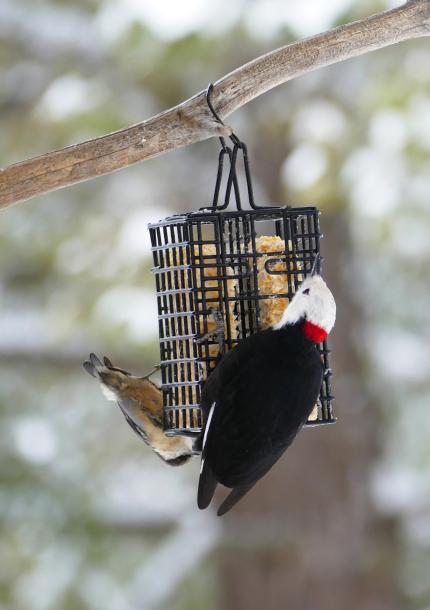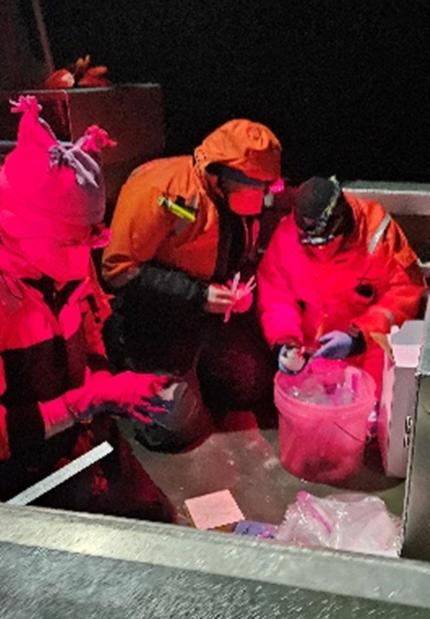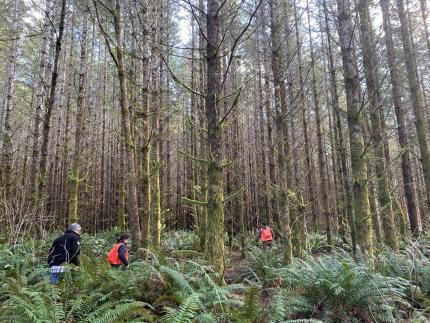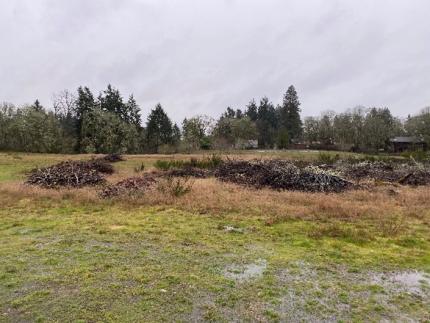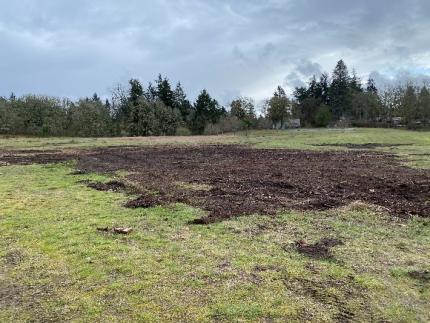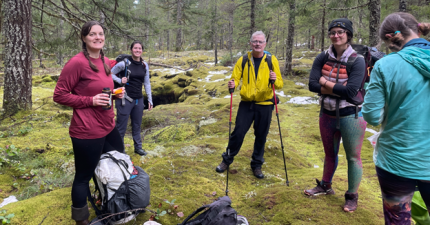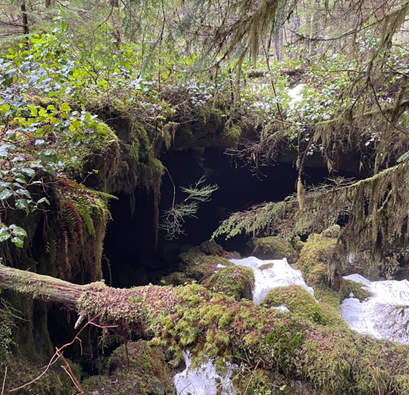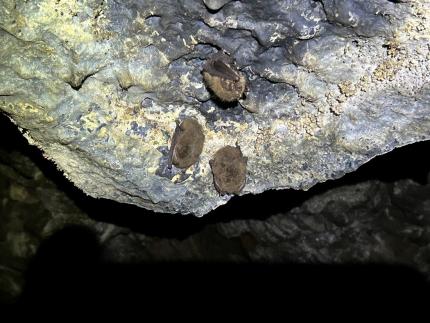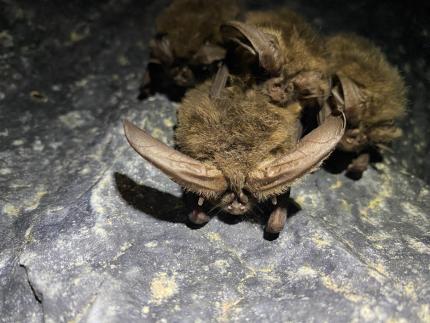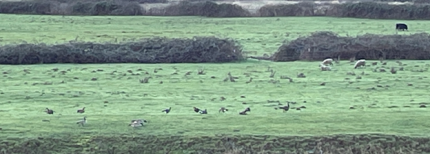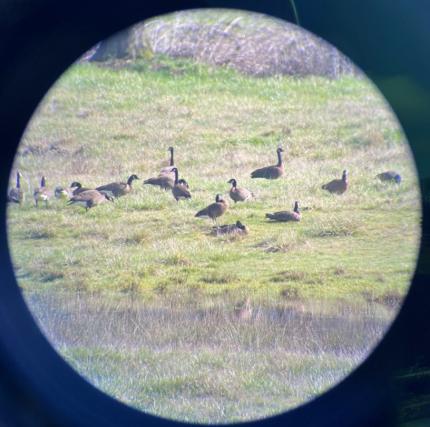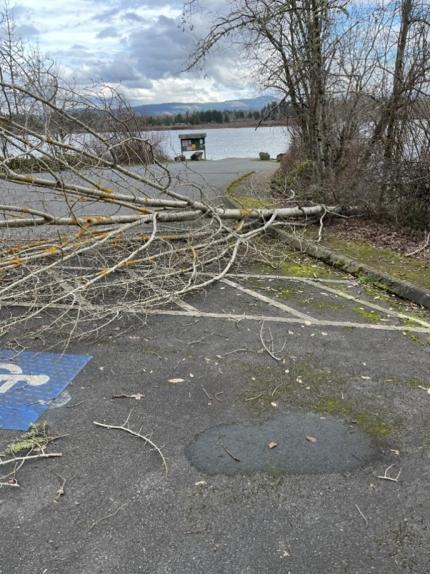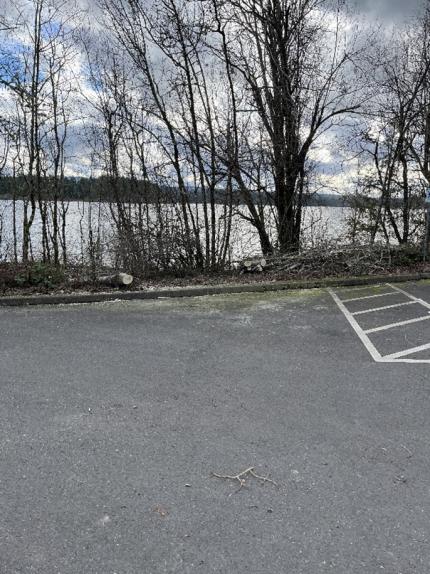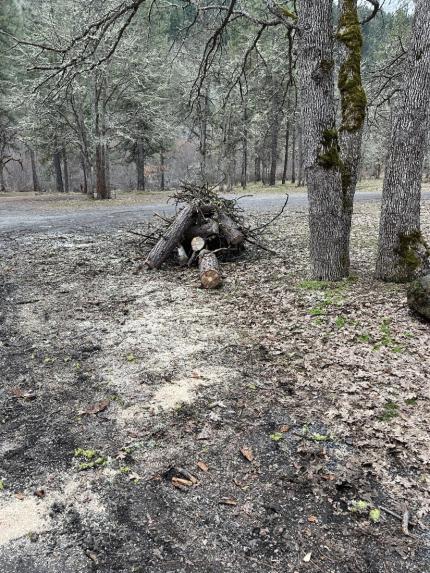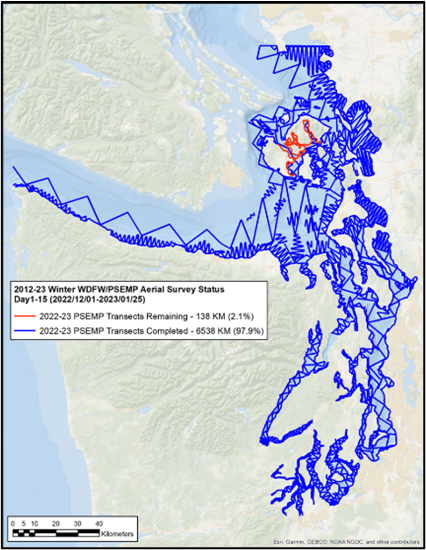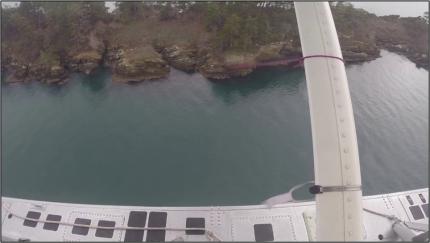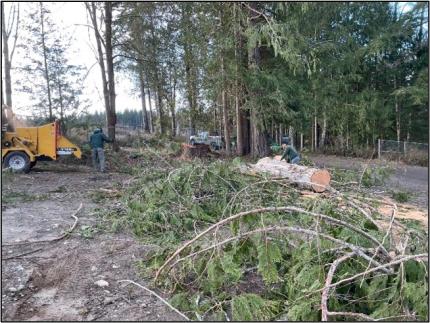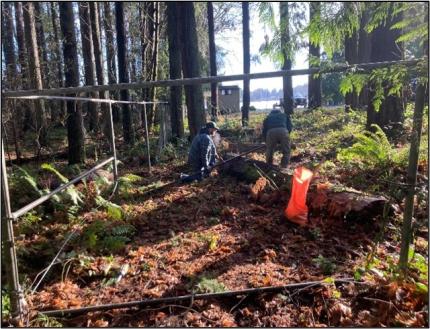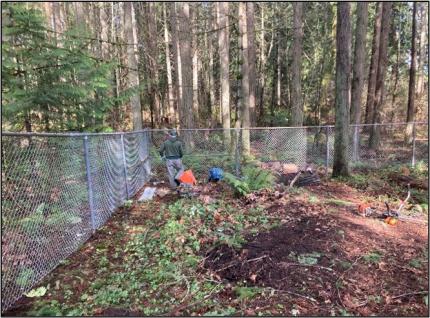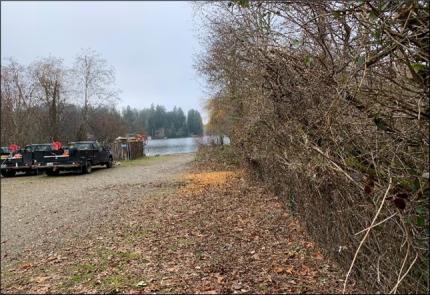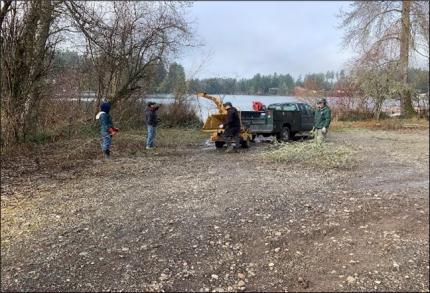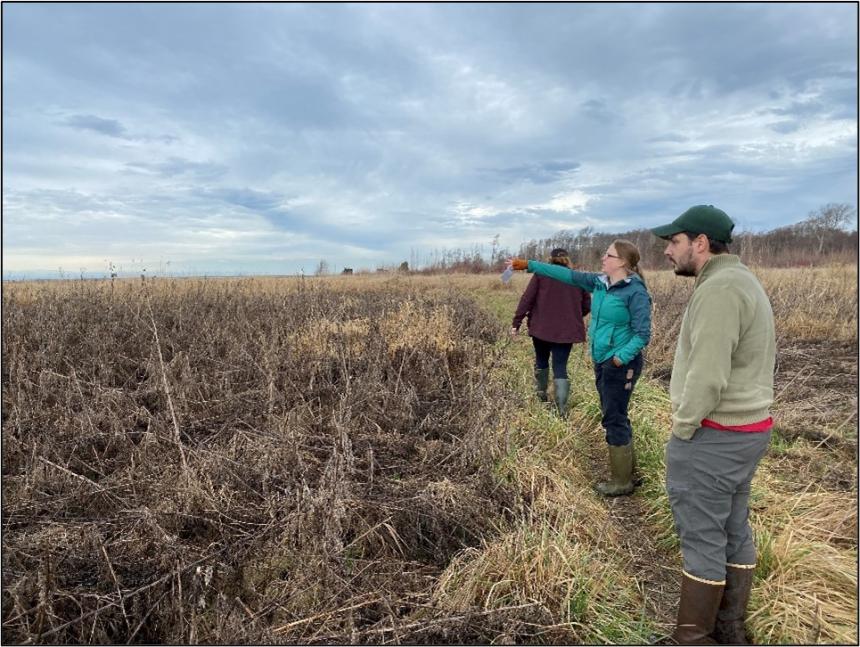Biweekly report Feb1-15 2025 - Region 3 (South Central)
Managing Wildlife Populations
Bat Hibernacula Surveys: District 8 Wildlife Biologist Wampole, Scientific Technician Ogburn, and Washington Department of Fish and Wildlife (WDFW) Bat Specialist Tobin conducted winter bat counts and testing for Pd (Pseudogymnoascus destructan), the fungus known to cause white-nose syndrome.
Yakima Herd Elk Surveys: District 8 Biologists Wampole and Ogburn and Statewide Ungulate Specialist Moore conducted aerial counts of elk for the Yakima herd. Surveys are conducted on alternating years and provide an estimate of population size and age-sex compositions. In addition to examining trends across time and harvest rates, this information is used to help assess whether management goals are being met and to provide baseline information to guide harvest guidelines in the coming seasons.
L.T. Murray Wildlife Area Elk: The L.T. Murray Wildlife Area crew members worked with District 8 Wildlife Biologist Wampole to conduct concurrent elk counts on feed sites and aerially. Elk numbers were at the highest for the year on the feed sites.
L.T. Murray Wildlife Area Whiskey Dick Gates: L.T. Murray Wildlife Area Manager Morrison and Assistant Manager Winegeart attempted to reach the interior gates of the Whiskey Dick winter habitat protection area but were stopped by irregular snow depths and icy roads. One of the L.T. Murray Wildlife Area team will try again in March.
Region 3 Chronic Wasting Disease (CWD) Surveillance: District 8 Wildlife Biologist Wampole, Scientific Technician Ogburn, and Conflict Specialist Wetzel continue opportunistic sampling of deer and elk for CWD. No positive detections have occurred in the district.
Providing Conflict Prevention and Education
Parke Creek Elk - Pilot Study: District 8 Biologist Wampole, Region 3 Wildlife Program Manager Huffman, and Region 3 Regional Director Livingston met with invested parties to present an update on WDFW actions to address elk-human conflict in the Parke Creek area associated with SB 5784.
Conserving Natural Landscapes
Wenas Wildlife Area – Volunteer Target Shooting Trash Collection: Lands and Recreation Specialist Frame collected 320 lbs. of target shooting trash picked up from WDFW volunteer members.
Wenas Wildlife Area – Grazing: Wenas Wildlife Area Manager Gray met with a lessee regarding his grazing permit on 104 acres of Cleman Mountain. They went over last year’s lease for monthly use and processed a final payment. The lease is meeting its objective of promoting effective relationships with landowners, reducing potential fencing impacts, and accomplishing modest fuel reduction. Gray also started working with another lessee on a new crossing permit that is being proposed to be issued this summer as a temporary crossing permit on the Legoman site near Barber Springs Rd.
Providing Education and Outreach
Oak Creek Volunteer Presentation: District 8 Biologist Wampole and Scientific Technician Ogburn presented at the Friends of Oak Creek volunteer meeting on how disease is transforming wildlife management in the district. The presentation included information on current actions to monitor for CWD in the district and an update on the ongoing Test and Remove study to address Movi in Bighorn Sheep populations.
L.T. Murray Wildlife Area Elk Day: L.T. Murray Wildlife Area Natural Resource Technician Nass hosted the Ellensburg chapter of the Back Country Horsemen on a volunteer/educational experience during elk feeding.
Finley Elementary School: District 4 Assistant Wildlife Biologist Hoffman hosted a table at the Finley Elementary Community Fair where students and their families could learn about wildlife in Washington State.
Other
L.T. Murray Wildlife Area Shop Maintenance: L.T. Murray Wildlife Area Assistant Manager Winegeart replaced a bad motor on the shop 17 inch drill press. Winegeart also worked with WDFW Yakima Basin Integrated Plan Habitat Biologist Meyer to install ski runners and track mats on District 8 Wildlife Biologist Wampole’s snowmobile trailer. The trailer is shared between Meyer, Wampole, and the L.T. Murray Wildlife Area staff members.

















